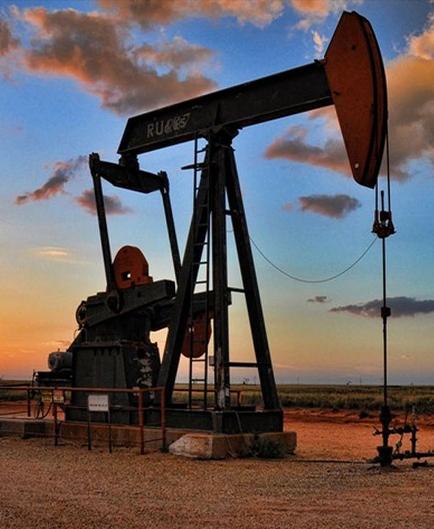- Afrikaans
- Albanian
- Amharic
- Arabic
- Armenian
- Azerbaijani
- Basque
- Belarusian
- Bengali
- Bosnian
- Bulgarian
- Catalan
- Cebuano
- Corsican
- Croatian
- Czech
- Danish
- Dutch
- English
- Esperanto
- Estonian
- Finnish
- French
- Frisian
- Galician
- Georgian
- German
- Greek
- Gujarati
- Haitian Creole
- hausa
- hawaiian
- Hebrew
- Hindi
- Miao
- Hungarian
- Icelandic
- igbo
- Indonesian
- irish
- Italian
- Japanese
- Javanese
- Kannada
- kazakh
- Khmer
- Rwandese
- Korean
- Kurdish
- Kyrgyz
- Lao
- Latin
- Latvian
- Lithuanian
- Luxembourgish
- Macedonian
- Malgashi
- Malay
- Malayalam
- Maltese
- Maori
- Marathi
- Mongolian
- Myanmar
- Nepali
- Norwegian
- Norwegian
- Occitan
- Pashto
- Persian
- Polish
- Portuguese
- Punjabi
- Romanian
- Russian
- Samoan
- Scottish Gaelic
- Serbian
- Sesotho
- Shona
- Sindhi
- Sinhala
- Slovak
- Slovenian
- Somali
- Spanish
- Sundanese
- Swahili
- Swedish
- Tagalog
- Tajik
- Tamil
- Tatar
- Telugu
- Thai
- Turkish
- Turkmen
- Ukrainian
- Urdu
- Uighur
- Uzbek
- Vietnamese
- Welsh
- Bantu
- Yiddish
- Yoruba
- Zulu
well tubing and casing
Understanding Well Tubing and Casing Essential Components in Oil and Gas Production
In the oil and gas industry, well tubing and casing play crucial roles in the drilling and completion of wells. These components are vital for ensuring the safe and efficient extraction of hydrocarbons from subterranean reservoirs. This article explores the importance, functions, and differences between well tubing and casing.
What is Well Casing?
Well casing refers to the series of steel pipes that are inserted into the borehole after drilling has been completed. Its primary purpose is to stabilize the well, prevent the walls of the borehole from collapsing, and protect the freshwater aquifers that are often located near the surface. Additionally, casing serves several other key functions
1. Isolation Casing isolates different pressure zones within the wellbore. This isolation prevents the migration of fluids (such as oil, gas, and water) between these zones, which is essential for maintaining the integrity of the well and preventing environmental contamination.
2. Support By providing structural support, casing protects the integrity of the well. This is particularly important in areas with unstable geological conditions where collapse might occur.
3. Flow Path Casing creates a designated flow path for the hydrocarbons to travel towards the surface, thus facilitating the extraction process.
4. Pressure Containment It can withstand high pressures that may be encountered during production operations, especially in deeper wells.
Casing is typically categorized into different types based on its function and design, such as surface casing, intermediate casing, and production casing. Each type serves a unique role in the safeguarding and efficient operation of the well.
What is Well Tubing?
well tubing and casing

Well tubing, on the other hand, is the smaller diameter pipe that is placed inside the casing after the well is completed. Tubing acts as the conduit through which oil and gas are produced from the reservoir to the surface. Its main functions include
1. Production Transport Tubing facilitates the movement of hydrocarbons to the surface. This is its primary function and is critical for the overall production efficiency of the well.
2. Pressure Maintenance The tubing is designed to handle the pressures and temperatures of the produced fluids, ensuring that they flow efficiently without leaking or rupturing.
4. Ease of Maintenance Tubing can be more easily replaced than casing, allowing for maintenance and repair operations without the need to drill a new well.
Key Differences
While both well tubing and casing are essential components of oil and gas wells, they serve distinct purposes and have different characteristics. Casing tends to be larger in diameter, thicker, and designed to withstand significant external pressure from the wellbore. In contrast, tubing is typically smaller in diameter and built to manage the internal pressures of the produced hydrocarbons.
Another important difference lies in their placement within the well structure casing is installed first to ensure the stability and integrity of the well, whereas tubing is inserted afterward to facilitate production.
Conclusion
In summary, well tubing and casing are integral components of oil and gas well construction and production. Their functionalities ensure the safe extraction of resources while preserving environmental integrity. The careful selection and installation of these elements are critical for the successful operation of wells and the overall efficiency of hydrocarbon extraction processes. Understanding these components can not only help industry professionals make informed decisions but also promote greater awareness of the complexities involved in oil and gas production.
-
Tubing Pup Joints: Essential Components for Oil and Gas OperationsNewsJul.10,2025
-
Pup Joints: Essential Components for Reliable Drilling OperationsNewsJul.10,2025
-
Pipe Couplings: Connecting Your World EfficientlyNewsJul.10,2025
-
Mastering Oilfield Operations with Quality Tubing and CasingNewsJul.10,2025
-
High-Quality Casing Couplings for Every NeedNewsJul.10,2025
-
Boost Your Drilling Efficiency with Premium Crossover Tools & Seating NipplesNewsJul.10,2025







